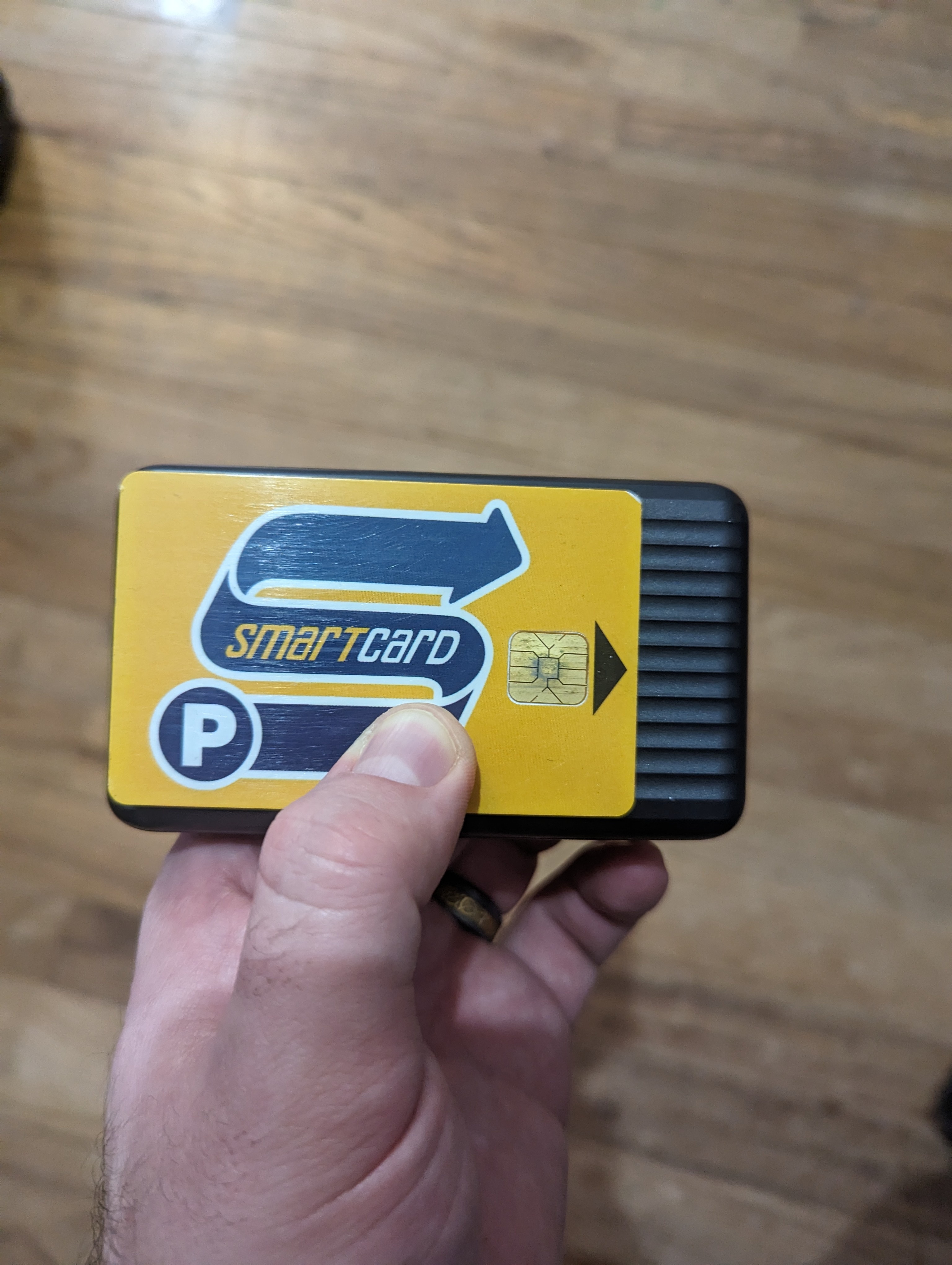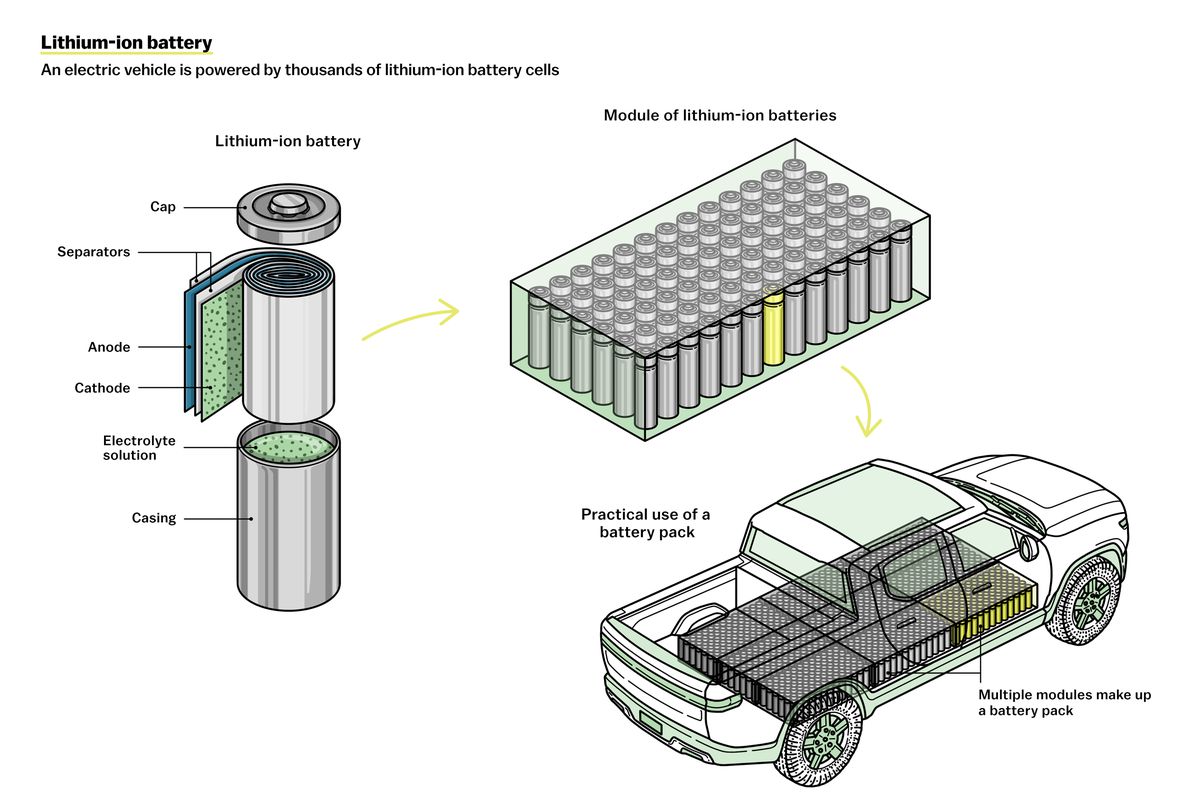

I agree with the other poster; you should look into proxmox. I migrated from ESXi to proxmox 7-8 years ago or so, and honestly its been WAY better than ESXi. The migration process was pretty easy too, i was able to bring over the images from ESXi and load them directly into proxmox.











You basically just described kanban.